From the website: “Project E-MANcipate is a project to accelerate the acceptance of male pantyhose as a regular clothing item.”

Hey, I’m all for men and women wearing pantyhose if they want to (as long as no one makes me wear any) but what sort of “emancipation” is being advocated?
Is this about emancipation men from the confines of masculinity so that they can wear an item associated with femininity?
“Men who wear pantyhose do it to improve athletic performance, energize and revitalize tired, aching leg muscles, and to stimulate circulation if they sit all day. In addition, compression can help reduce swelling and decrease the dangers of circulatory problems. And of course there are many men who simply like the soft material and the comfort that sheer pantyhose provides.”
So men would mostly wear pantyhose for (manly) athletic reasons. And, as the website also notes, to keep warm in the winter. But, some men might just like “the soft material.” What about them?
Or maybe the point is to emancipate pantyhose from being associated with only femininity?
“Since pantyhose (or tights), as a garment, has about it nothing gender-specific (such as a panty that fits only the female body, or a bra that is ‘organ-specific’), there is no reason why people of either sex should think of it as a female-only piece of clothing in everyday life.”
But, as the website points out, it’s important for guys to wear pantyhose in a way that doesn’t look “femmy”– “even hosiery that is thought to be very femmy could go together with an average outfit without making the whole outfit femmy at all.”

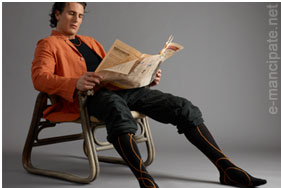
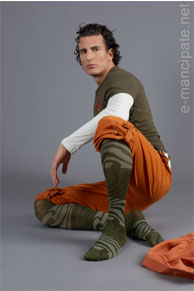
So how about pink pantyhose? Is pink too “femmy” for men?
The conclusion: “White pantyhose with floral patterns [as opposed to plain pink tights] makes you look like a man.”
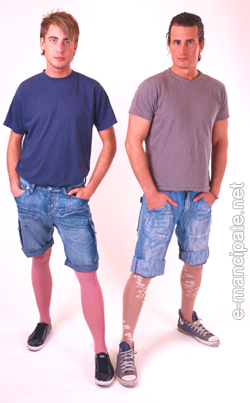
 These images would be great for a class discussion on the reappropriation of gendered clothing items. What makes pantyhose specifically “manly” or “femmy”? Does this “e-MANcipation” reify the same old ideas about masculinity and femininity, or challenge and expand them?
These images would be great for a class discussion on the reappropriation of gendered clothing items. What makes pantyhose specifically “manly” or “femmy”? Does this “e-MANcipation” reify the same old ideas about masculinity and femininity, or challenge and expand them?
And I think it’s interesting that this website is U.K.-based. (UPDATE: The company is actually Hungarian– thanks to commenter “bozeman” for the clarification!) I have a hard time imagining a project like this in the U.S. How are ideas about what constitutes a “manly man” different from country to country?


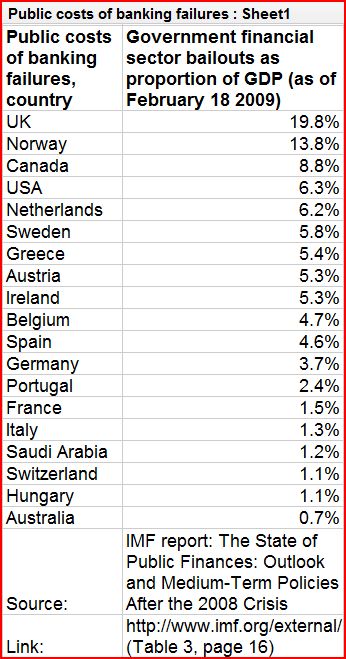
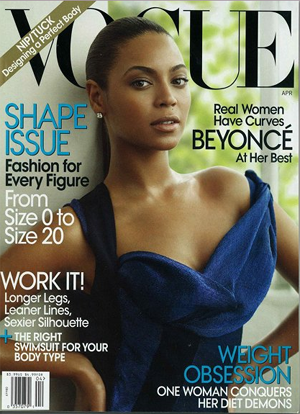






 These images would be great for a class discussion on the reappropriation of gendered clothing items. What makes pantyhose specifically “manly” or “femmy”? Does this “e-MANcipation” reify the same old ideas about masculinity and femininity, or challenge and expand them?
These images would be great for a class discussion on the reappropriation of gendered clothing items. What makes pantyhose specifically “manly” or “femmy”? Does this “e-MANcipation” reify the same old ideas about masculinity and femininity, or challenge and expand them?